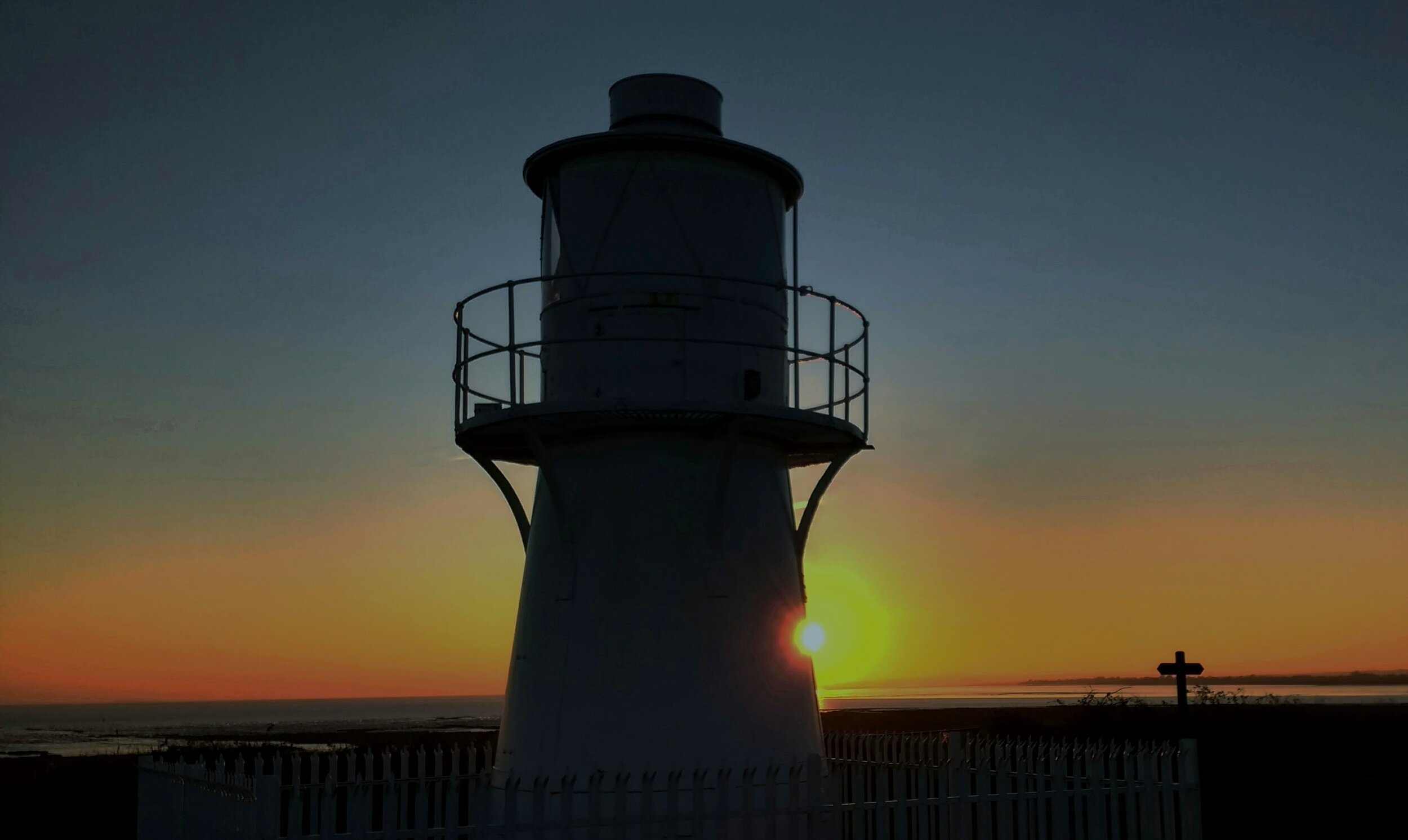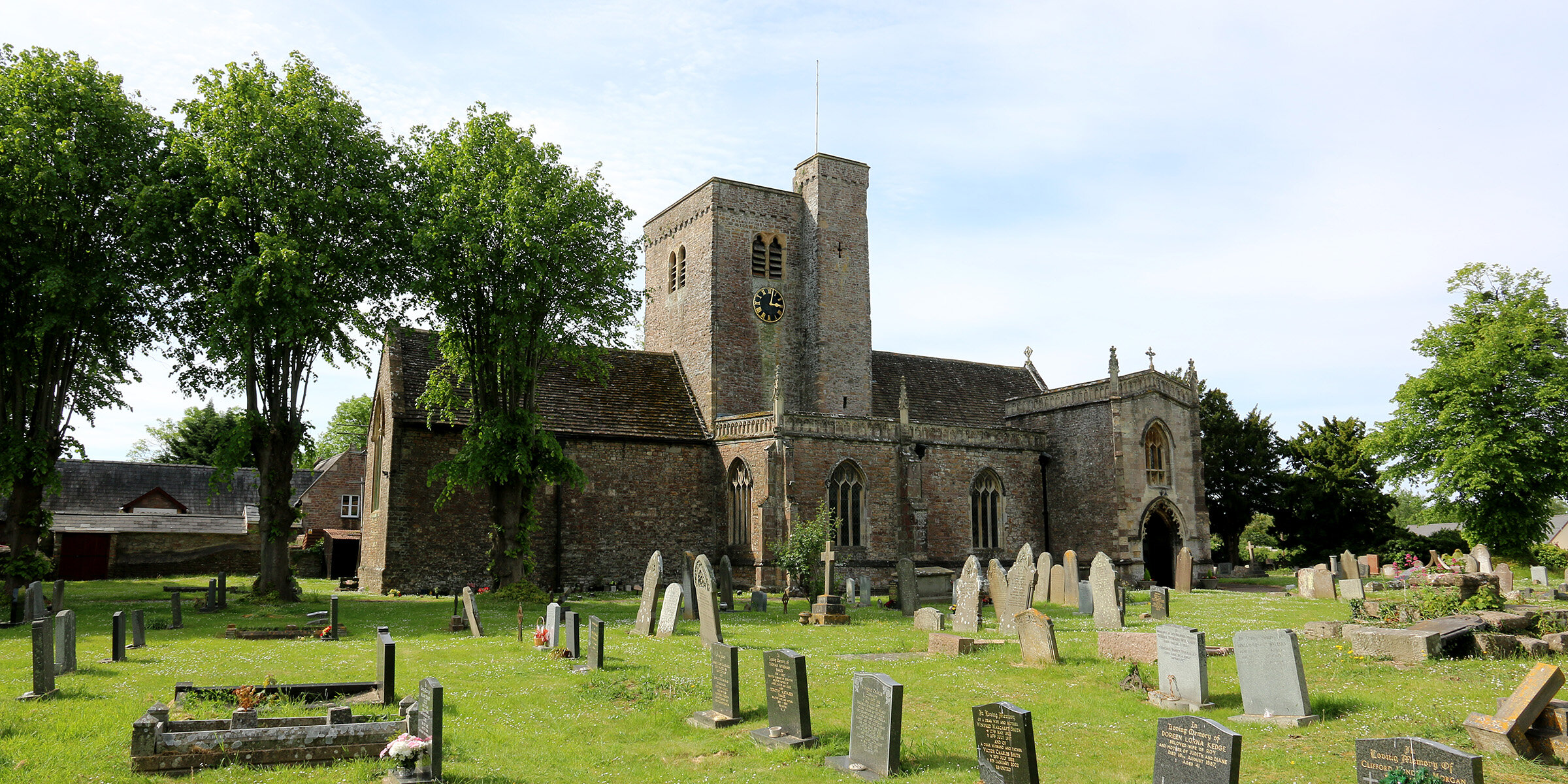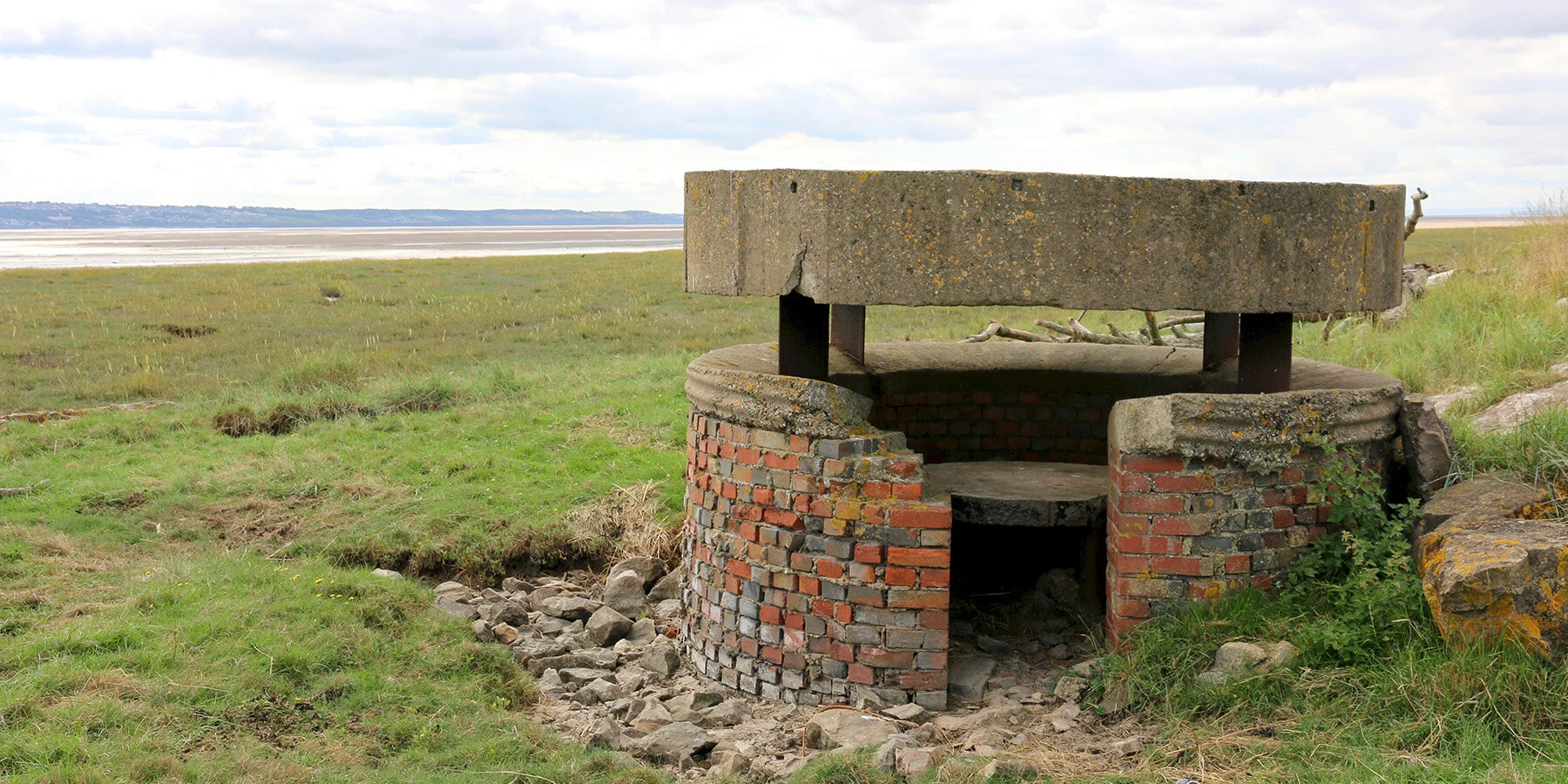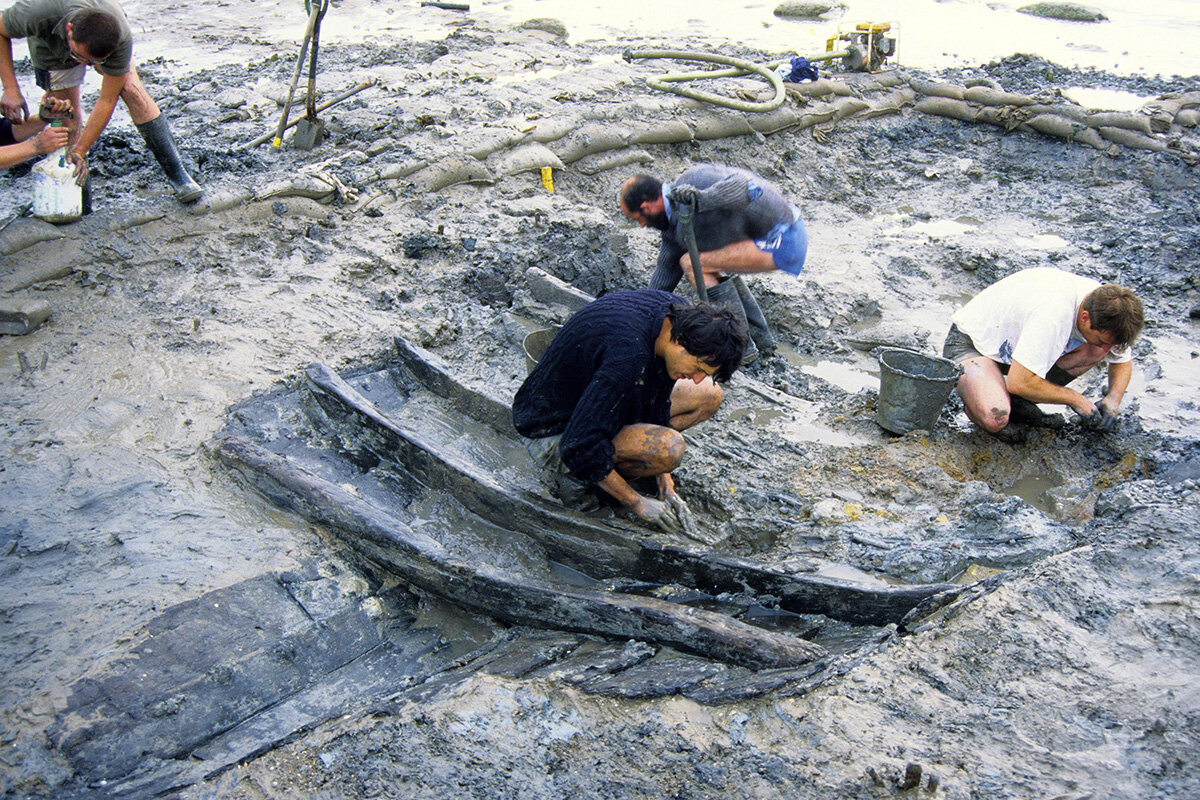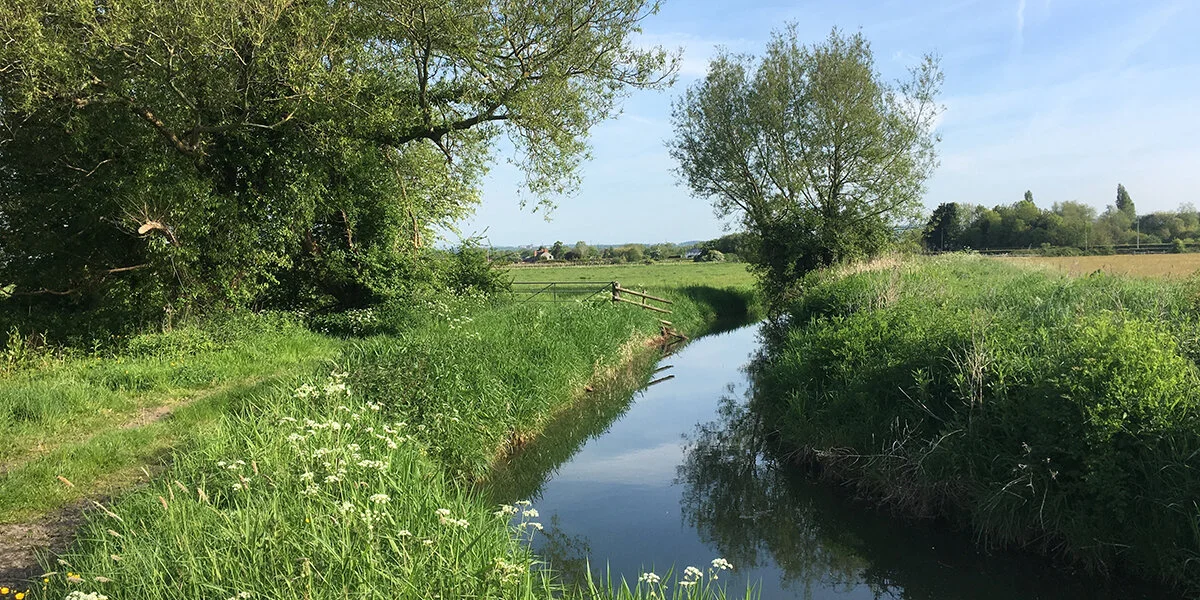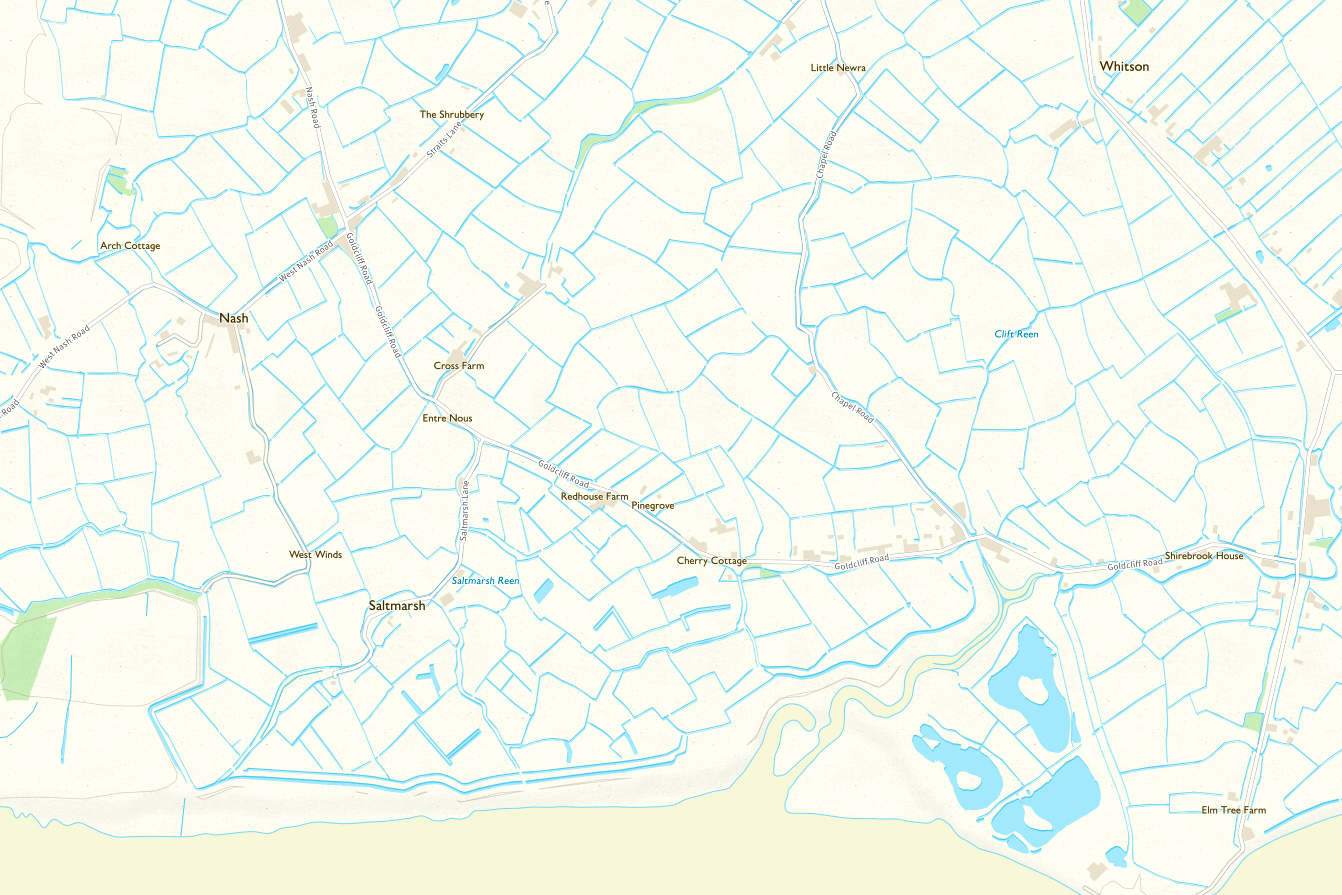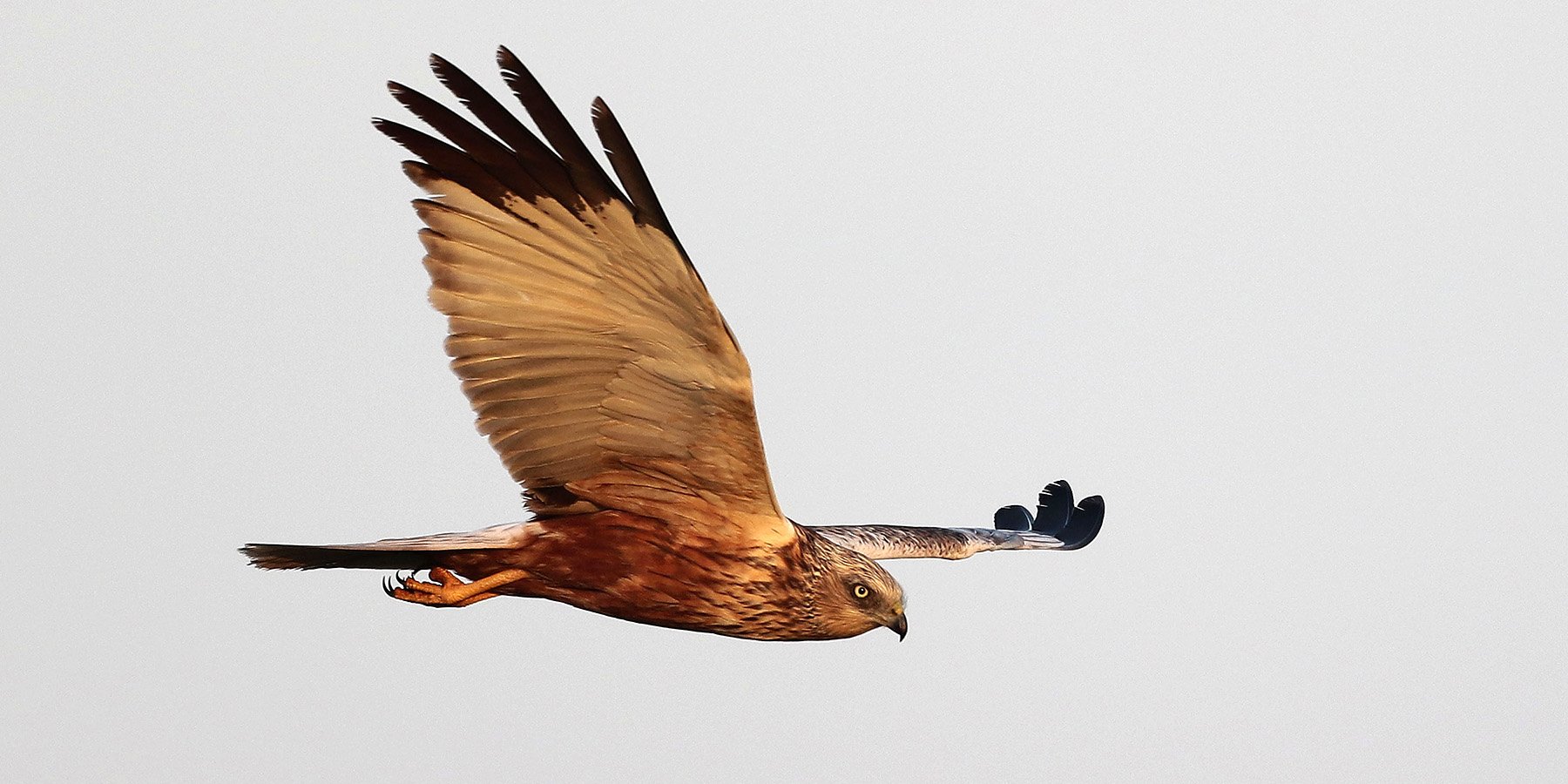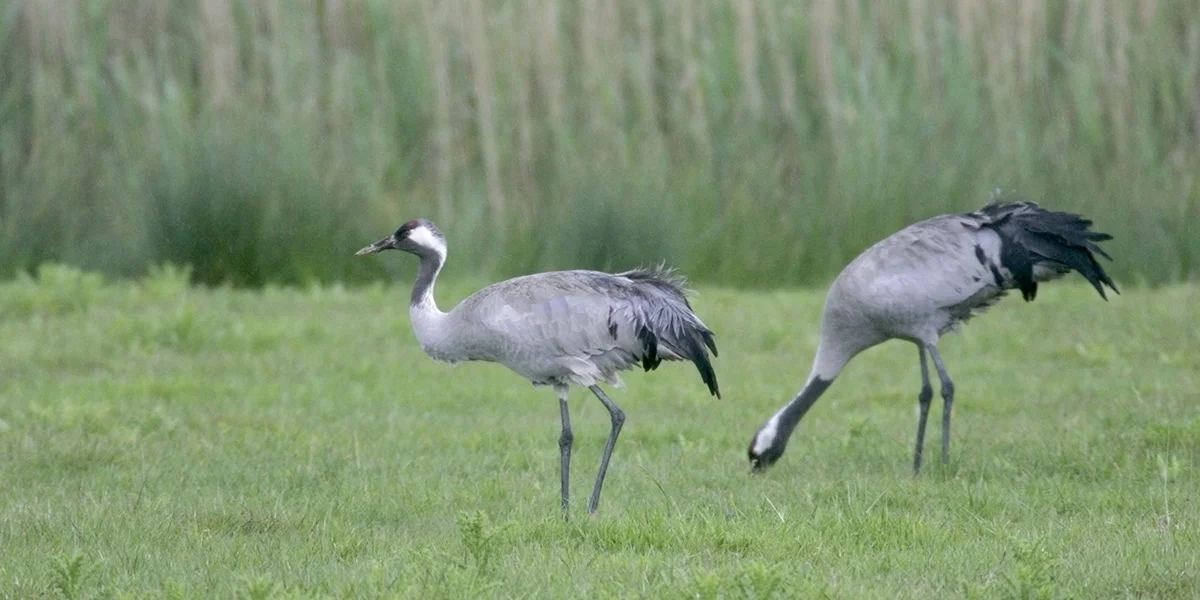Stories from The Levels
Explore the landscape, history and wildlife of the Gwent Levels
Landscape
Parc Tredelerch (Tredelerch Park) is an area of parkland next to the Rhymney River on the east side of Cardiff.
History RAT, Marion Sweeney, explores the history of pylons; an intrusive eyesore, or a thing of elegant beauty?
Sitting on the edge of the Gwent Levels, between the wide expanse of the Severn Estuary and the mouth of the River Usk, lies the Newport Wetlands National Nature Reserve.
The control of water on the Levels relies on a complex drainage system that extends for over 1500km, parts of which are around 2000 years old.
Half a mile east of the former church of St Peter in Peterstone Wentlooge, Peterstone Gout, or Great Gout, is an important and interesting landmark on the Wentlooge Level.
Beyond the sea wall is a watery wilderness of salt marshes, mud flats, sandbanks and the vast silt-laden waters of the Severn Estuary.
Over its long history, the parish church of Redwick has been dedicated to several different saints; before 1875 it was St. Mary the Virgin and before that St. Michael the Archangel.
The history of St Mary’s church, Nash, known locally as “the Cathedral of the Moors”, is closely linked to the nearby medieval Benedictine Priory at Goldcliff.
The tiny parish church of St Mary Magdalene’s was built in the early 15th century after the church at Goldcliff Priory, which also served the parish, was badly damaged by a storm in 1424.
The picnic site at Black Rock offers spectacular panoramic views of the Severn Estuary and both bridges.
Putcher fishing is a traditional method for catching salmon, and other fish, that dates back to at least medieval times, and may be much older.
The Goldcliff Lagoons were created in the late 1990s and form the eastern end of the Newport Wetlands National Nature Reserve.
Great Traston Meadow nature reserve is an example of grazing marsh, a traditional type of landscape on the Levels.
Lave netting is an ancient method of salmon fishing first recorded on the Severn Estuary in the 1700s.
The village church of Bishton is more than 600 years old. Yet its full name demonstrates far older origins.
The remarkable Newport Transporter Bridge is one of only six operational transporter bridges left world wide from a total of twenty constructed.
This imposing mansion is one of the most historically important 17th century houses in Britain, home of the Morgan family for over 500 years.
Magor Marsh is one of the last fragments of fenland on the Gwent Levels, a landscape which has existed here for thousands of years.
History
People have been crossing the Severn Estuary for thousands of years. Until recently, it was a perilous thing to do.
Using the 1881 census and contemporary historical sources, the History RATS have produced a series of portraits of parishes on the Levels in the late 19th century.
History RATS Glyn Parkhouse recounts the story of the coming of the railway to the Gwent Levels.
History RATS Marjorie Neal recounts the history of Caerphilly cheese making on the Wentlooge Levels.
Tony Hopkins, former county archivist at Gwent Archives and one of our History RATS, considers the effects of Henry VIII’s policies on Monmouthshire and the Gwent Levels.
Local farmer and member of the History RATS, David Waters, whose family have lived on the Levels since the 1600s, shares his memories of living and working alongside Monk’s Ditch.
History RAT, Tony Pickup, tells the story of the struggle to maintain the sea wall protecting the Levels during the 19th Century and the historic piece of legislation that solved the problem.
The year 2021 marks the one hundred and twenty-fifth anniversary of the tragic death of fourteen-year-old Louisa Maud Evans.
Churches have been at the heart of life on the Levels for much of the last thousand years.
In 2002, during construction of the Newport Riverfront Arts Centre on the west bank of the River Usk, the remains of a 15th century ship were discovered.
People have been fishing along the coastline of the Gwent Levels and in the waters of the Severn Estuary for thousands of years.
History RAT, Marion Sweeney, recounts the life and times of Lewis Jones, Wentlooge farmer and bardic poet.
History RAT, Pete Strong, recounts the effects of two World Wars on the farming community on the Levels.
Pillboxes became a landscape feature across the United Kingdom during the 1940s. Calum Sweeney reports on the state of those remaining on the Gwent Levels.
In 1993, archaeologists working on the development of a supermarket storage depot on the site of Barland’s Farm, near Magor, made an extraordinary discovery.
Over the last few decades the Gwent Levels has yielded some incredible archaeological finds.
In 1830, the Commissioners of Sewers ordered a survey of the Gwent Levels, recording field boundaries, drainage ditches and sea defences.
A brinker is old Levels lingo for a person who owns land on one side of a reen, wall or pill and is responsible for its maintenance.
In the late 1920s the possibilities of air travel were beginning to develop, and Cardiff did not wish to be left out of the race.
The Severn Estuary Through Time video shows how the Estuary, its wildlife and the people living beside it, have shaped each other over millennia.
Maps can tell us a lot about the history of our landscape, if you know how to ‘read’ them.
In about 1113, the Norman Lord of Caerleon, Robert de Chandos, granted land at Goldcliff for the founding of the Benedictine Priory of St Mary Magdalene.
On 30th January 1607, sea walls either side of the Severn Estuary were overwhelmed by flood waters.
In 1878, an inscribed Roman era stone, known as the 'Goldcliff Stone', was discovered near the sea wall at Goldcliff.
In 1531, King Henry VIII passed the Act of Sewers, creating Commissioners and Courts of Sewers.
Wildlife
After a long absence, Marsh Harriers are once again resident (and breeding) on the Gwent Levels.
After an absence of more than 200 years, visitors to the Levels can once again hear the booming call of the bittern.
Take a walk on the Levels in late April or early May and you may be lucky enough to encounter one of our most beautiful insects, the Hairy Dragonfly.
The water vole, Arvicola amphibius, is Britain’s largest species of vole and one of our fastest declining mammals. In 2012, this iconic wetland animal was reintroduced on the Gwent Levels.
After an absence of around 400 years, common cranes are once more nesting on the Levels.
Head down to Newport Wetlands just before dusk in Autumn or Winter and you could be in for one of the most spectacular displays in nature - a starling murmuration.
The shrill carder bee is one of the UK’s rarest bumblebees, and is now only found in 7 areas in Wales and southern England.





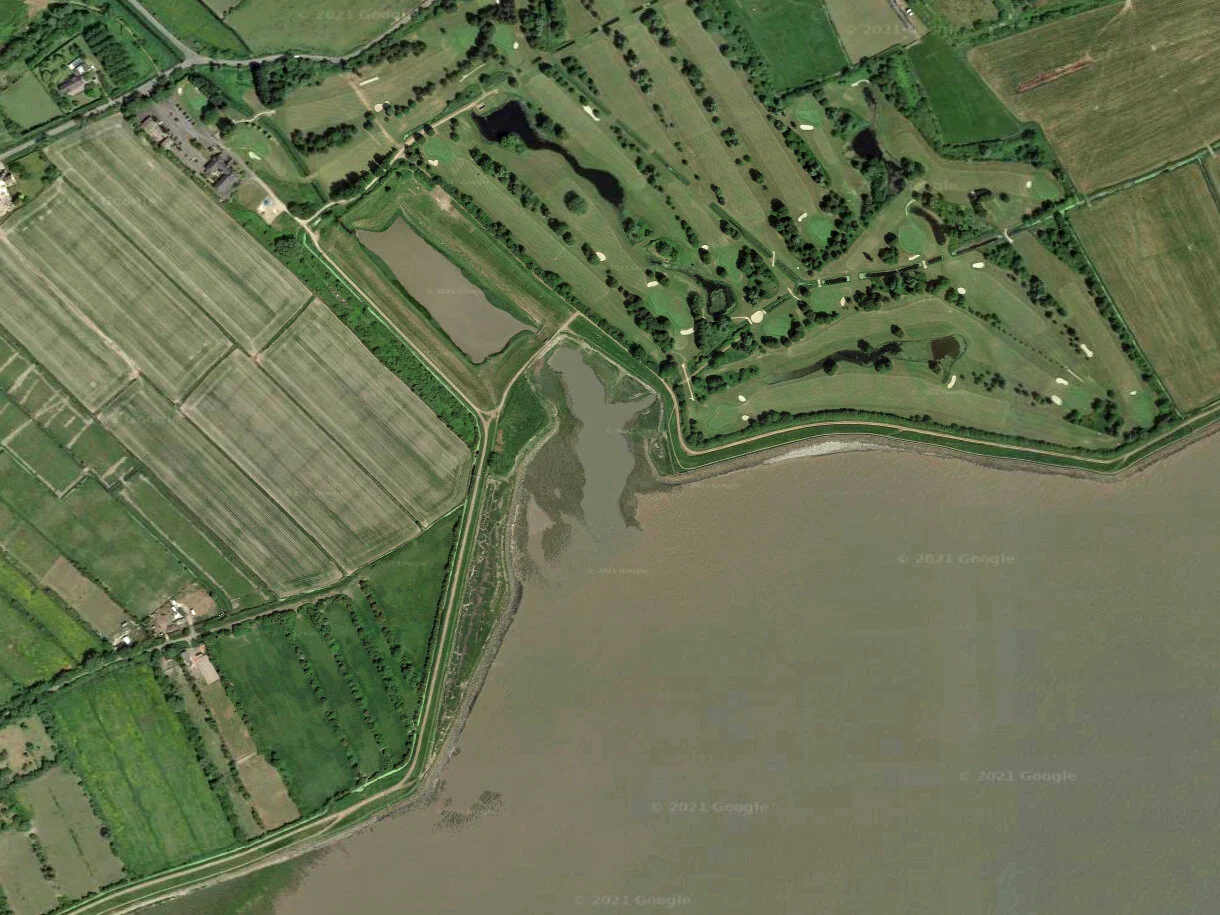





















![Wesleyan Methodist chapel Castleton (Penny Gregson)[2].jpg](https://images.squarespace-cdn.com/content/v1/5a1d5fb38a02c70db7c34f81/fe4960cd-db68-469d-8411-f5e21327e383/Wesleyan+Methodist+chapel+Castleton+%28Penny+Gregson%29%5B2%5D.jpg)

